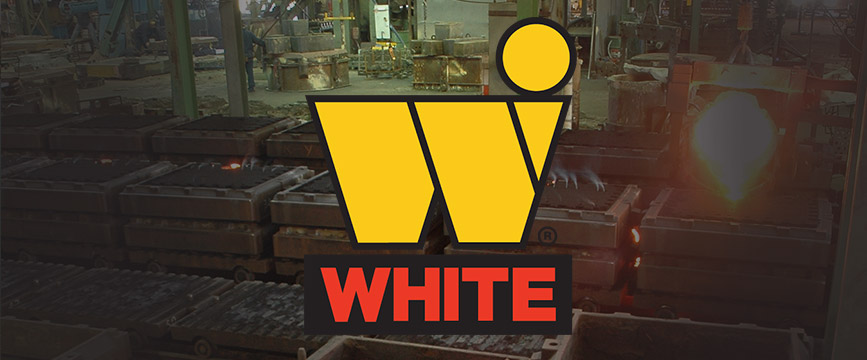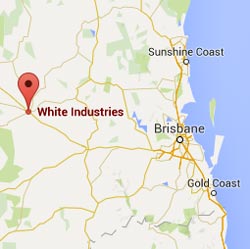Foundry Tech: Tool Steels
The last ferrous metal system that we are looking at in this series is Tool Steels.
Tool Steels occupy a unique position in the ferrous family in that components made of Tool Steel are used to make other steel parts. Tool Steels can be used to make pressing dies, punches, shear blades, machining tools and other metal forming tools. They are extremely hard and brittle, with some able to withstand high temperatures.
They are highly alloyed in various combinations with up to 1.5% Carbon, 19% Tungsten, 12% Cobalt, 5% Vanadium and 10% Molybdenum. These alloys rely on the formation of complex carbides and multiple heat treatments, and even cryogenic treatments to attain their properties. Some alloys can achieve up to 70 HRC.
There are several groups with the Tool Steel Family; they are:
High Speed Steels
These are alloys used for high-speed cutting applications, are further split into the M group, which are Molybdenum-alloyed steels and the T group, which are Tungsten-alloyed steels. These alloys are further modified with varying levels of Vanadium, Cobalt, Chromium and Carbon. They are suitable for drills, reamers, milling cutters and taps.
Hot-Work Steels
This is known as the H group, and these alloys are used in punching, shearing and forming of metals at temperatures of up to 800°C. The 2 subsets in this group are Chromium hot-work steels, which have good resistance to softening at high temperatures, and Tungsten hot-work steels which have better resistance to softening and greater toughness.
Cold-Work Steels
There are 3 groups in this family, A, D and O. These alloys are suitable up to about 250°C. The group A alloys are air-hardening, medium alloy tool steels with good through-hardening in thick sections. They are used for shear knives, punches, blanking & trimming dies. The group D alloys are also air-hardening but more highly alloyed tool steels used for long-run dies for blanking, brick moulds, gauges, burnishing tools, rolls and slitter knives. Group O are less alloyed that the other 2 groups and attain their properties through the oil-quenching, which cools the metal quicker. These alloys are used for dies and punches in blanking, trimming, drawing and flanging.
Shock-Resisting Steels
Known as group S steels, these are used in applications where high toughness and impact or shock resistance are major factors, such as chisels, riveting sets, and hot punching and shearing.
Mould Steels
The group P steels are primarily used for moulds to either die-castings or plastic components. They are annealed to low hardness and low resistance to work-hardening, and then hobbed or machined to shape. They are then carburized, hardened and tempered.
Water-Hardening Steels
These steels are group W and are lightly alloyed grades that can withstand the shock of water quenching and are suited to applications such as coining, cold-heading and embossing tools, as well as woodworking tools.

Above are some microstructures from different groups demonstrating the diversity of Tool Steels.
This ends the series on Ferrous metals, which, as you can see is extremely broad. In the next newsletter, we’ll start looking at the Nonferrous family.



